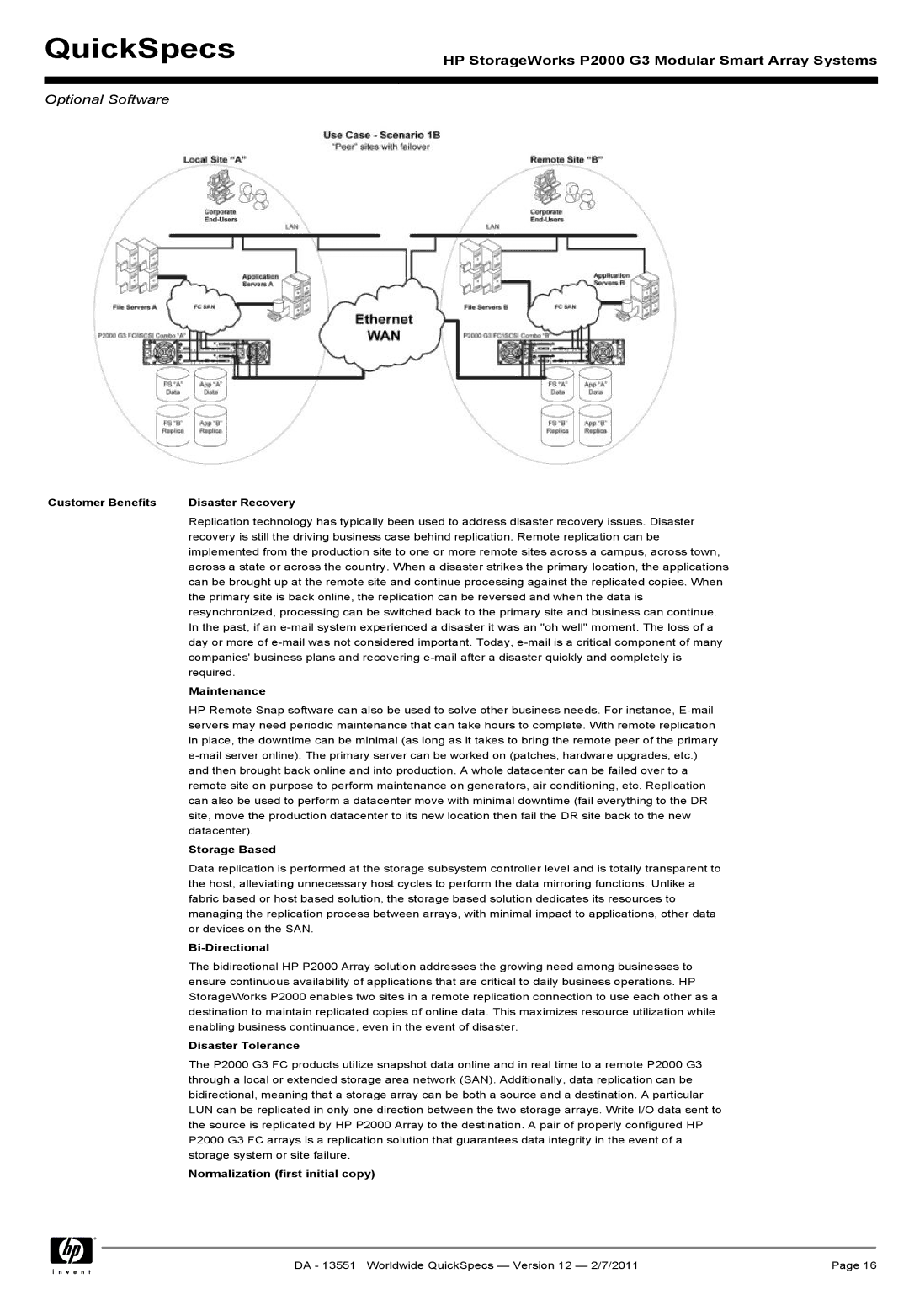Channel Controller AP836B specifications
The HP Channel Controller AP836B is a robust network component that plays a pivotal role in enhancing the connectivity and performance of high-demand data environments. Designed specifically for HP storage solutions, the AP836B is ideal for organizations looking to optimize their data management infrastructure.One of the main features of the HP Channel Controller AP836B is its support for High-Performance Fibre Channel technology. This allows for fast data transfer speeds, significantly improving the efficiency of data retrieval and storage processes. Organizations can experience high throughput, minimizing latency and ensuring that applications run smoothly even under heavy loads.
Additionally, the AP836B is equipped with advanced error detection and correction capabilities. This technology is crucial for maintaining data integrity, especially in mission-critical environments where data loss can lead to severe repercussions. The enhanced reliability ensures that enterprises can trust their data infrastructure, thus minimizing the risk of disruptions.
Another notable characteristic of the HP Channel Controller AP836B is its compatibility with a wide range of HP storage systems. It seamlessly integrates with HP’s storage offerings, ensuring that users can leverage existing investments while enhancing overall system performance. This versatility allows for easy upgrades, providing organizations with scalability as their data needs grow.
The controller also features multiple ports, which provide flexibility in configuration and connectivity options. This design allows for the simultaneous connection of numerous devices, enhancing productivity and resource sharing across the network. As such, businesses can optimize their operations without the need for complex architectural changes.
In terms of management, the AP836B supports various HP management tools, enabling streamlined monitoring and maintenance. Network administrators can easily configure, manage, and troubleshoot the controller, ensuring that operational efficiency is always maintained. The user-friendly interface simplifies the management process, allowing organizations of all sizes to efficiently manage their data flow.
Finally, the HP Channel Controller AP836B is built with durability in mind. Designed to operate in demanding environments, it adheres to high standards of reliability, ensuring prolonged service life. This makes it a sound investment for companies looking to future-proof their storage solutions.
In summary, the HP Channel Controller AP836B is an essential component for organizations seeking to optimize their data management capabilities, offering high-performance connectivity, exceptional reliability, and ease of integration.

